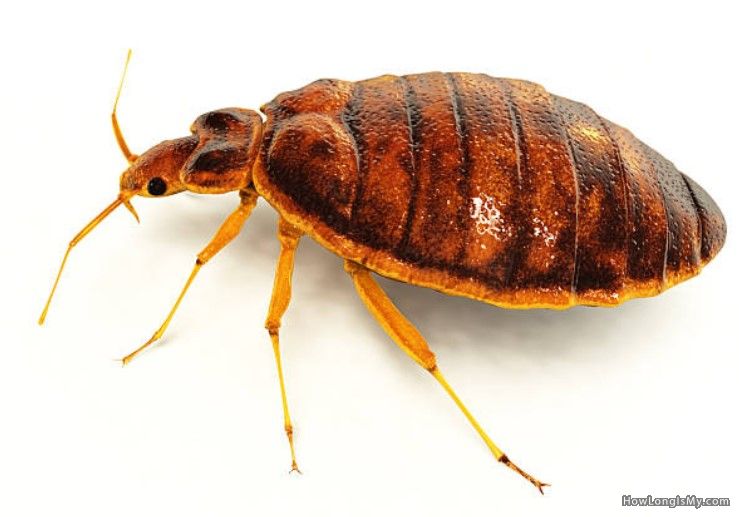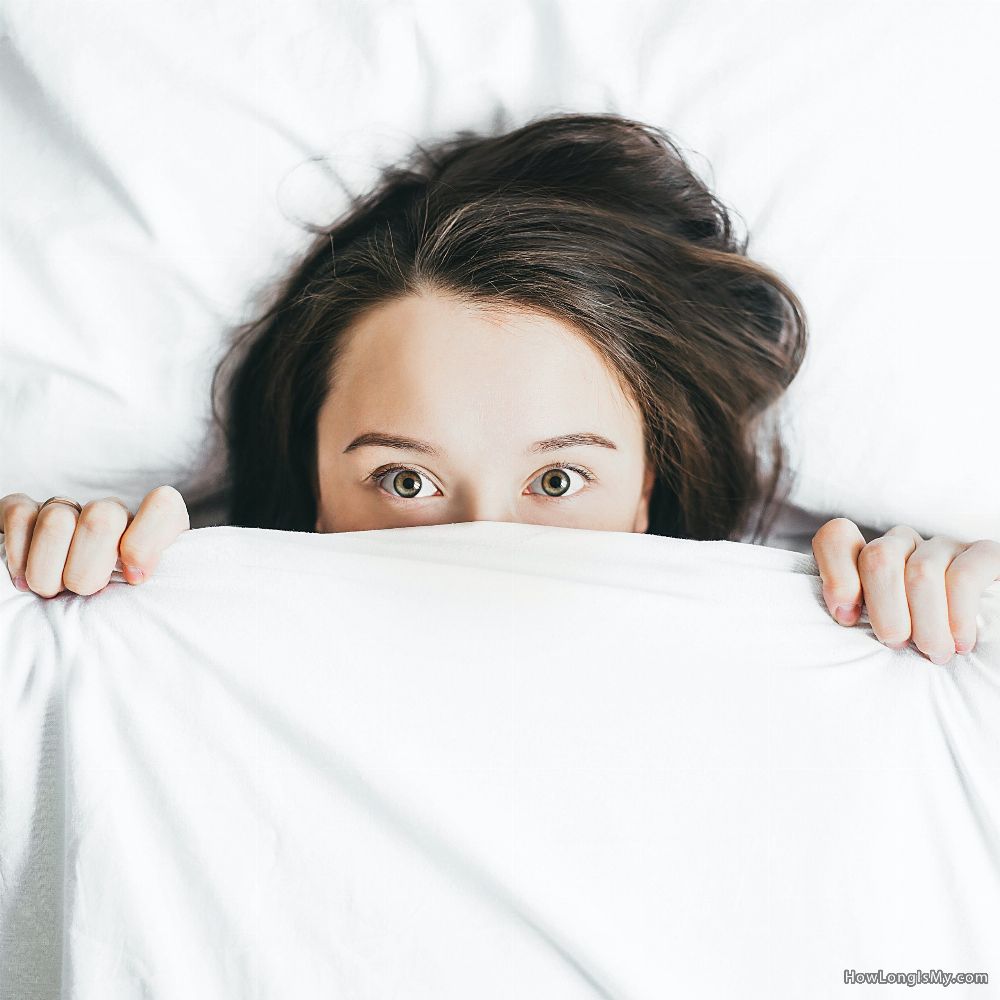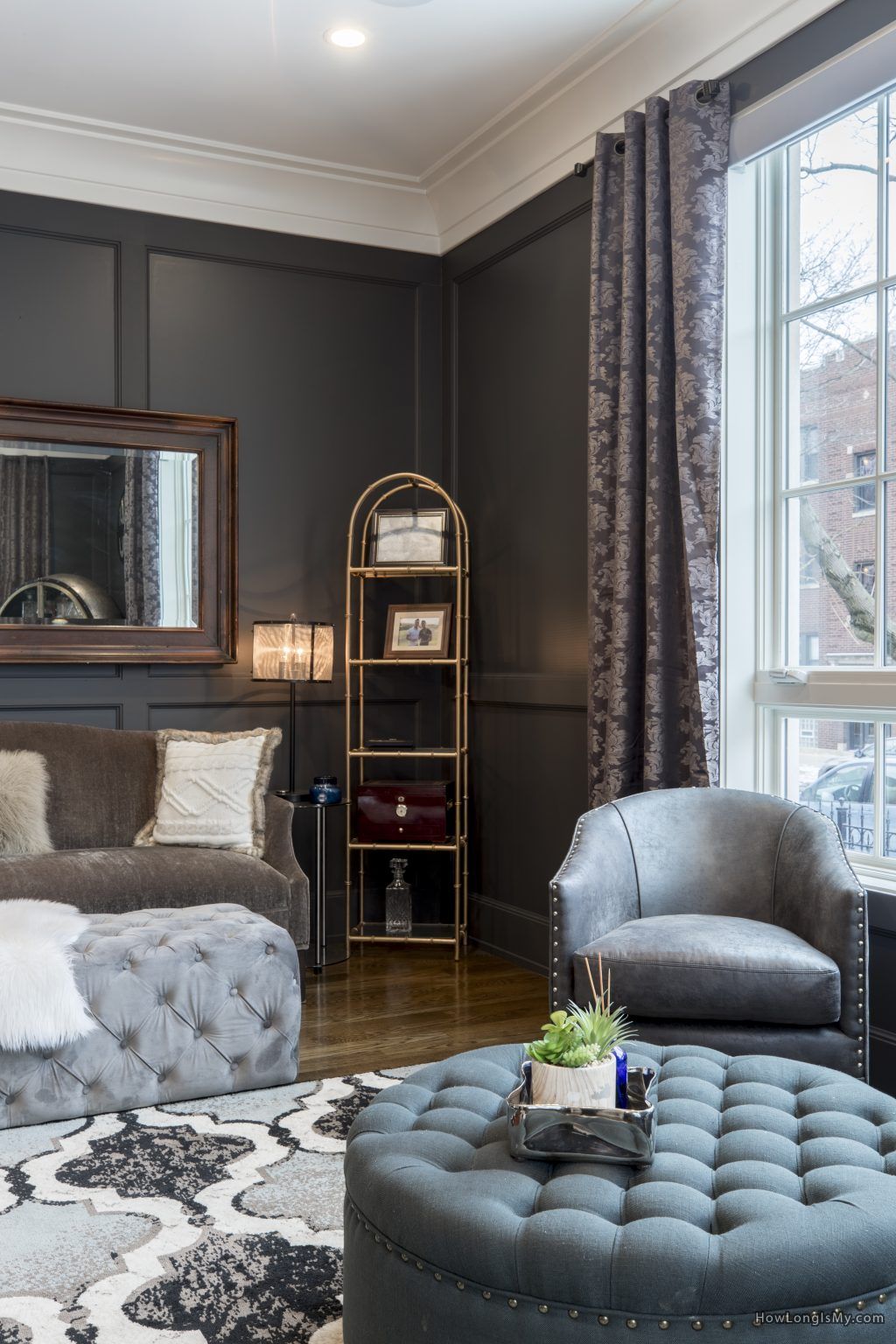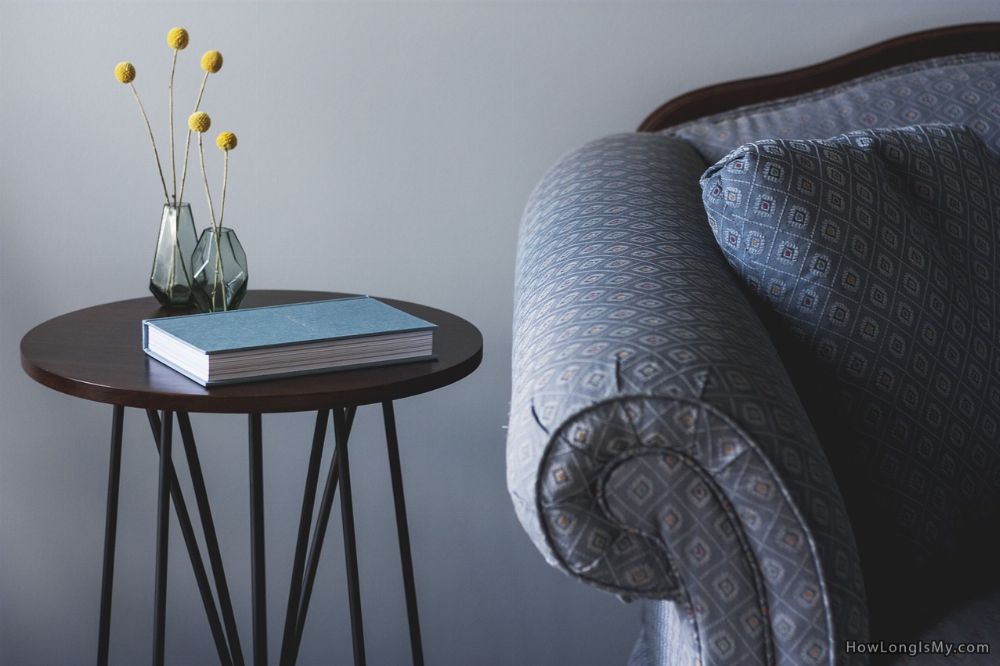Bed bugs can live for several months to over a year, depending on various factors such as temperature, access to food (human or animal blood), and environmental conditions. In general, at normal room temperature (around 70-80°F or 21-27°C), they can survive and live for about 2 to 4 months without a blood meal.
Survivability factors
 When bed bugs have a consistent food source (regular blood meals), they can live longer. Adult bugs can survive without feeding for up to 5-6 months under optimal conditions. Nymphs (immature bed bugs) and eggs have shorter lifespans without feeding; nymphs typically can survive a few weeks without feeding, while eggs need to hatch within 1-2 weeks.
When bed bugs have a consistent food source (regular blood meals), they can live longer. Adult bugs can survive without feeding for up to 5-6 months under optimal conditions. Nymphs (immature bed bugs) and eggs have shorter lifespans without feeding; nymphs typically can survive a few weeks without feeding, while eggs need to hatch within 1-2 weeks.
Extreme temperatures can impact their survival. Bed bugs are more active and reproduce faster in warmer temperatures, while colder temperatures can slow down their development and potentially kill them. High heat treatments, such as those used by pest control professionals, can effectively eliminate infestations by raising temperatures to lethal levels.
Cimex lectularius and C. hemipterus are the two predominant species associated with human infestations. The former has a global distribution, while the latter is primarily located in tropical and sub-tropical regions.
Bed bugs are skilled at hiding in various places
These little critters hide primarily in and around areas where people sleep or rest. They are nocturnal insects, which means they are most active during the night.
Some common hiding spots
 Mattresses and Box Springs. Bed bugs often hide in seams, crevices, and folds of mattresses and box springs. They can also be found in the tufts and buttons of these items.
Mattresses and Box Springs. Bed bugs often hide in seams, crevices, and folds of mattresses and box springs. They can also be found in the tufts and buttons of these items.
Bed Frames and Headboards. These provide additional hiding places for the bugs, particularly in cracks and crevices.
Bedding and Linens. The bugs hide in the folds of sheets, pillowcases, and blankets.
Furniture. Upholstered furniture, such as couches and chairs, can be attractive hiding spots. They can hide in seams, under cushions, and behind the furniture.
Baseboards and Wall Junctions. The bugs can squeeze into tiny cracks and crevices along baseboards and where walls meet the floor.
Electrical Outlets and Switch Plates. The bugs can sometimes hide behind electrical outlets and switch plates.
Carpets and Rugs. In areas with heavy infestations, these can hide in the fibers of carpets and rugs.
Luggage and Personal Belongings. The critters can hitch a ride on luggage, bags, and clothing, so they might be found in or near these items.
 Clothing. While less common, these can also hide in clothing, especially if it’s left on the floor or in piles.
Clothing. While less common, these can also hide in clothing, especially if it’s left on the floor or in piles.
Cracks and Crevices. Bed bugs are experts at finding small, hidden spaces to inhabit, so they may hide in cracks and crevices in walls, furniture, and other surfaces.
Picture Frames and Wall Decor. These creatures can hide behind picture frames and other wall decorations.
Electronics. Although less common, they can sometimes hide in electronics that provide small spaces for them to inhabit.
It’s important to note that this type of bug is excellent at hiding and can flatten their bodies to fit into very small spaces. A regular and thorough inspection of these hiding spots, along with professional pest control measures if needed, can help keep the infestations under control.
To avoid bringing bed bugs home with you after traveling, consider following these tips
 Inspect Hotel Rooms – Upon arrival, inspect your hotel room thoroughly before unpacking. Start with the bed, as this is a common hiding spot for insects. Check the mattress seams, box spring, headboards, and any nearby furniture.
Inspect Hotel Rooms – Upon arrival, inspect your hotel room thoroughly before unpacking. Start with the bed, as this is a common hiding spot for insects. Check the mattress seams, box spring, headboards, and any nearby furniture.
Use Luggage Racks – Keep your luggage on luggage racks or raised surfaces, away from the bed and walls. Bed bugs are less likely to climb up metal surfaces compared to fabric or wood.
Store Clothes Properly – Store your clothes in sealed plastic bags or packing cubes to prevent the bugs from getting into your clothing. Hanging clothes in the closet is also a safer option.
Avoid Placing Items on Beds or Couches – Avoid placing bags, clothes, or personal items on beds, couches, or upholstered furniture in the hotel room.
Inspect Your Luggage Before Leaving – Before you leave the hotel, inspect your luggage and belongings again to ensure you’re not carrying any unwanted guests.
Use Bug-Proof Luggage – Consider using luggage designed to be bed bug-resistant, such as those with hard shells or tight-weave fabric that makes it harder for the bugs to infiltrate.
Wash Clothes Immediately – When you return home, wash all your travel clothes, even if they weren’t worn. Use hot water and high heat in the dryer to kill any potential bugs.
Inspect Your Home – Even if you followed precautions, it’s a good idea to inspect your luggage and belongings outside your home before bringing them inside. Vacuum your luggage and personal items, paying attention to seams and crevices.
Use a Travel Steamer – Consider using a handheld steamer on your luggage and clothing upon returning home. The high heat can help kill any potential infestation source.
 Isolate Luggage – Store your luggage away from your sleeping area until you’re confident there are no bugs present.
Isolate Luggage – Store your luggage away from your sleeping area until you’re confident there are no bugs present.
Be Cautious with Used Items – Be careful when purchasing second-hand furniture, clothing, or other items. Inspect them thoroughly before bringing them into your home.
Educate Yourself – Learn how to identify bed bugs and their signs so that you can detect them early if you suspect an infestation.
By following these precautions and being vigilant during your travels, you can significantly reduce the risk of bringing these insects home with you. If you do discover them in your home, it’s advisable to seek professional pest control assistance to address the issue promptly and effectively.
Say Goodbye to Bed Bugs: Proven Methods for Elimination
Getting rid of the bugs can be a challenging process that often requires a combination of methods and persistence.
Here’s a general guide on how to get rid of them:
 Identify and Confirm. Make sure you have correctly identified bed bugs. If you’re unsure, consider consulting a pest control professional for confirmation.
Identify and Confirm. Make sure you have correctly identified bed bugs. If you’re unsure, consider consulting a pest control professional for confirmation.- Declutter and Clean. Reduce clutter in your home to minimize hiding spots for bed bugs. Thoroughly clean and vacuum all affected areas, including mattresses, furniture, and cracks in walls or floors.
- Wash and Dry. Wash infested bedding, linens, and clothing in hot water (at least 120°F or 50°C) and then dry them on the highest heat setting to kill the bugs and their eggs.
- Encase Mattresses and Box Springs. Encase your mattresses and box springs in bug-proof covers to trap any existing creatures and prevent new ones from infesting these areas.
- Steam Cleaning. Use a high-temperature steam cleaner to treat infested areas, including mattresses, furniture, and cracks. The heat can kill bed bugs and their eggs.
- Pesticides. Consider using pesticides as part of a comprehensive approach. There are both chemical and natural options available. It’s crucial to follow label instructions and use pesticides only in areas specified on the label. Keep in mind that some bugs have developed resistance to certain pesticides.
- Non-Chemical Treatments. Diatomaceous earth, a natural and non-toxic powder, can be applied in cracks and crevices to damage the waxy outer layer of bed bugs, leading to their dehydration and death.
- Professional Pest Control. If your infestation is severe or if your efforts are not effective, consult a professional pest control service with experience in treating bed bugs. They can provide targeted treatments and advice on how to prepare your home for treatment.
 Vacuum Regularly. Regular vacuuming can help reduce the population of the bugs. Use a vacuum with a HEPA filter and focus on areas where bed bugs hide.
Vacuum Regularly. Regular vacuuming can help reduce the population of the bugs. Use a vacuum with a HEPA filter and focus on areas where bed bugs hide.- Isolate Infested Items. If you suspect items are infested but can’t be treated, consider isolating them in sealed plastic bags until the infestation is resolved.
- Monitor and Repeat Treatments. The treatments often require multiple rounds. Continuously monitor for signs of infestation and repeat treatments as needed.
- Prevent Reinfestation. After successfully eliminating bed bugs, take preventive measures such as regular cleaning, reducing clutter, and being cautious with used furniture or items.
Bed bug control can take time and persistence. DIY methods might work for mild infestations, but severe infestations usually require professional assistance. Consulting a pest control expert can provide tailored solutions for your specific situation.
